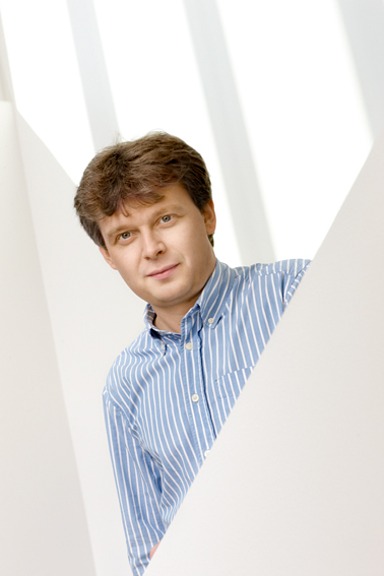Aalto Scientists Experiment with Helium Plasma to Help Pave Way for Fusion Energy

ITER is expected to start operations using helium and hydrogen test plasmas before commencing experiments with deuterium and tritium, the more efficient fuel used by JET to break the world record for sustained fusion energy at the end of 2021. ITER’s goal is to prove the feasibility of fusion as a large-scale and carbon-free source of energy.
As part of FinnFusion, a research collaboration belonging to EUROfusion, scientists at Aalto University also participate in the JET studies. Mathias Groth, a researcher at Aalto, describes the work done in Otaniemi:
”Scientists from the Fusion and Plasma Group at Aalto lead the investigations into the role of helium as the main fuel species in detaching plasma from the divertor target plates at the bottom of the experiment device. We employ comprehensive measurements and state-of-the-art computer simulations to isolate the role of hydrogenic molecules in the process of plasma detachment in hydrogenic plasmas by using helium plasmas. We also perform cutting-edge computer simulations to characterize heat-, particle-, and momentum transport in the cores of hydrogenic and helium plasma.”
Outside of Aalto, other EUROfusion researchers will study the behaviour of the plasmas as well as test the impact of helium on JET’s tungsten and beryllium wall to help ITER efficiently build up to full power operations once its construction finishes and operations begin in 2025.
More information

Read more news

The City of Espoo and Aalto University signed a strategic agreement for a new five-year partnership period
The collaboration includes investments in the Otaniemi area, business and innovation activities, and efforts to integrate international talent.
Pengxin Wang: The internship was an adventure filled with incredible research, unforgettable experiences, and lifelong friendships.
Pengxin Wang’s AScI internship advanced AI research, fostered global friendships, and inspired his journey toward trustworthy AI solutions.Talent Boost Strategy Project at Aalto in 2021-2024
This article takes a look at the achievements of the Talent Boost project at Aalto.